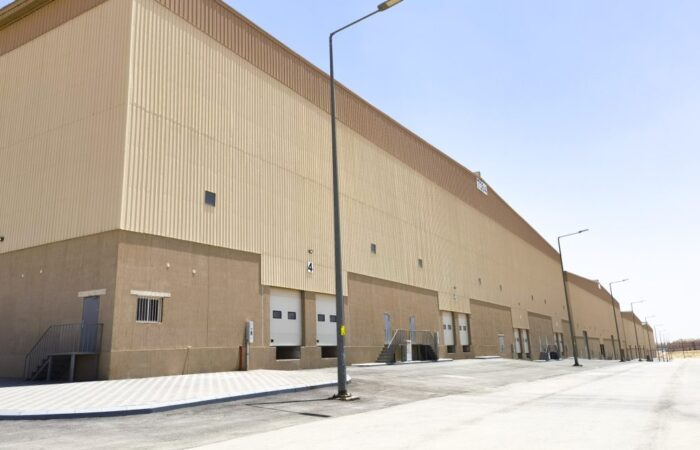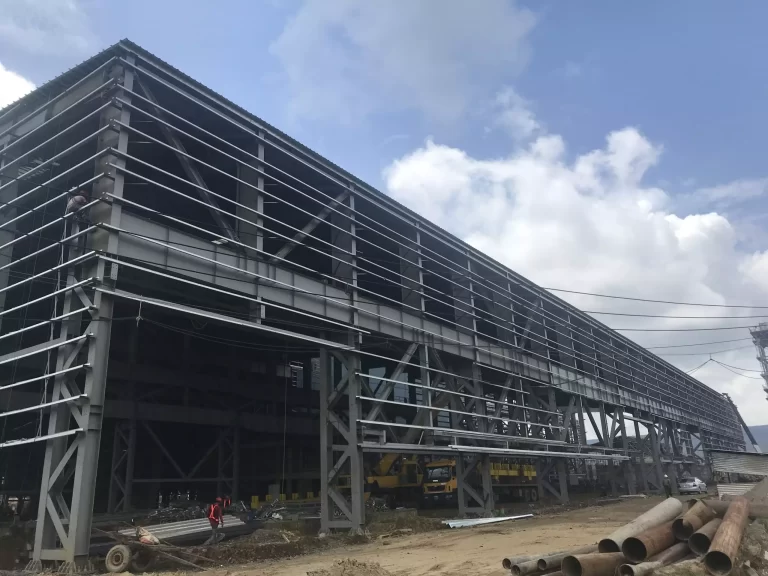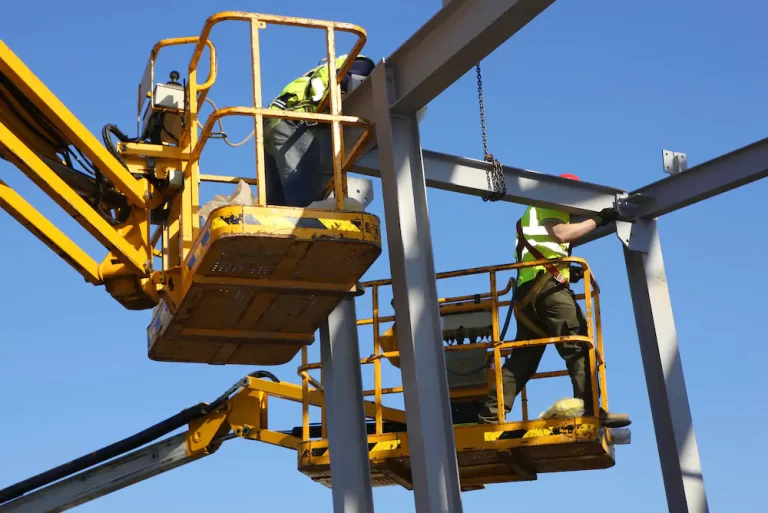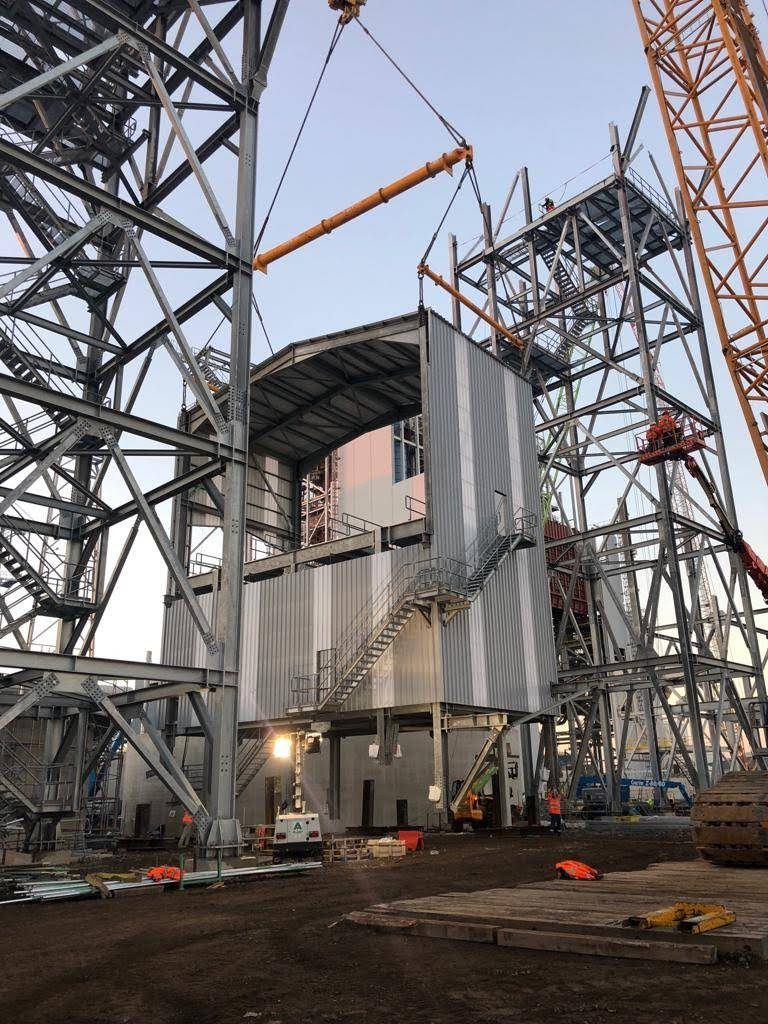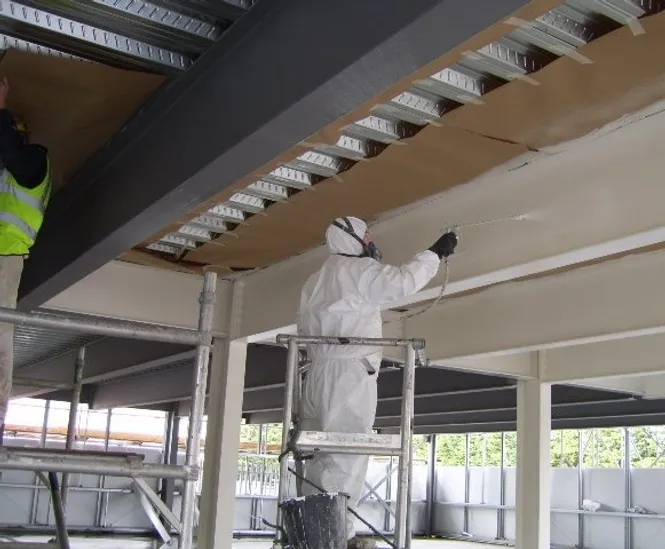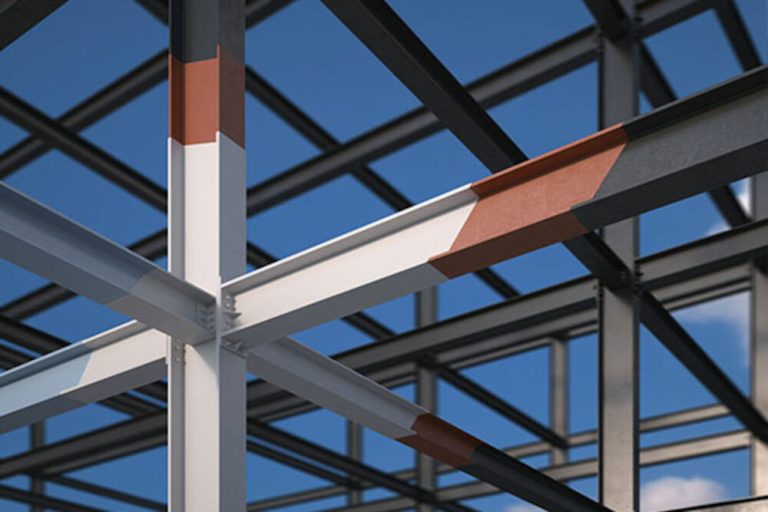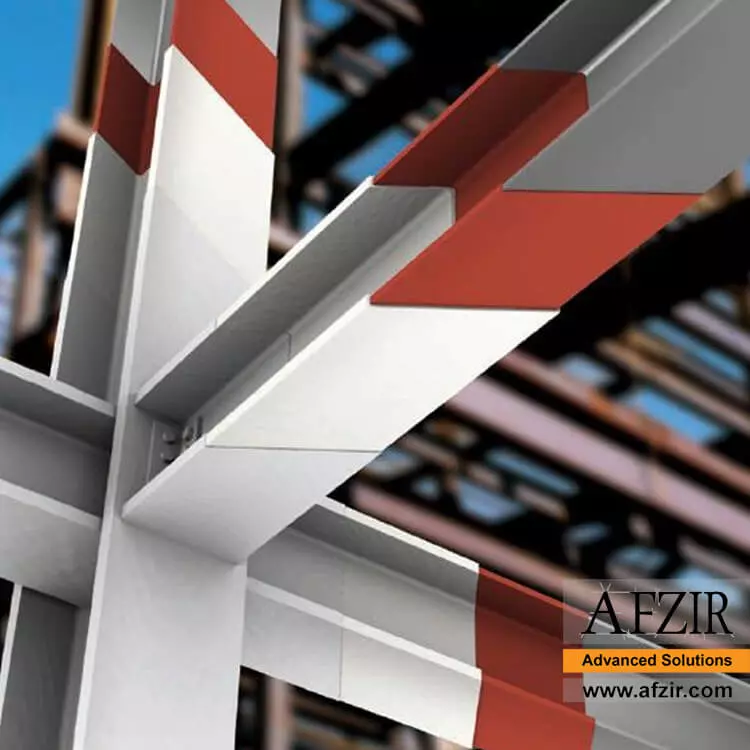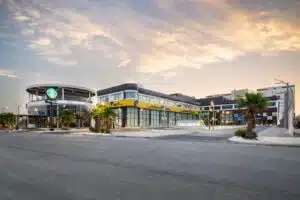The construction of a warehouse is an expensive endeavor. However, if you choose the correct business to assist you with the planning and construction of the space, you will be able to save costs along the way.
Warehouses are an excellent choice for companies because of the myriad of functions that may be performed in one location, including those of a storage facility, a shipping center, a machine shop, and even an office!
You may probably guess that the cost of constructing a warehouse can vary depending on the kind of material used, the layout of the building, and a broad range of other considerations. Let’s get down to the nitty-gritty of how much it costs to build a warehouse in 2022.
Determination of Cost to Set Up a Warehouse
Materials for Construction
Structures made of steel are not only long-lasting and sturdy, but they also cost significantly less than buildings made of other materials that are often chosen for commercial construction.
Nevertheless, in addition to these materials, you may also utilize others in the building of your storage facility. Knowing the kinds of materials you want to use in the building of your future warehouse is one of the first things you need to do in order to estimate how much it will cost.
There are a variety of advantages that come along with constructing a warehouse out of the various materials available. Insulated concrete, for instance, is designed to endure forever (or at least for a very long period) and to provide insulation.
Price Range
The following is a list of some of the possibilities from which you may pick, along with the approximately average cost per square foot for each option.
- The price of stud frames is between $20 and $40 per square foot.
- The cost of building using tilt-up technologies ranges from $25 to $40 per square foot.
- Steel Frames typically cost between $10 and $20 per square foot to purchase.
Now, each of these approaches has its own unique set of advantages. As was noted before, the tilt-up concrete walls are going to be pre-insulated before they are finished. Steel frames give big-time savings. Because of this, they are among the quickest buildings in terms of installation and assembly.
Steel frames have the additional benefit of being easily recyclable and portable, requiring little in the way of effort or time to relocate from one area to another. In addition to that, you may effortlessly enlarge them as much as you like.
If you choose to employ tilt-up construction, you won’t be able to relocate the warehouses, and it’s quite unlikely that you’ll be able to add on to the building in the future without first completing yet another lengthy building endeavor.
These prices do not include multi-story warehouses as they have fully separate structures and will cost more simply because of their size. These costs do not include multi-story warehouses as they have completely different structures. But you shouldn’t let it dissuade you from selecting a multistory warehouse as your storage option.
Multi-story warehouses are an excellent alternative, despite the fact that they are more costly to construct. This is because you will be able to decrease the quantity of land that you will need for the building’s footprint.
Determination of Size and Needs
When you have decided what kind of material you want to use for your warehouse, the next step is to figure out how big it needs to be and what kinds of functions it needs to be able to carry out.
This may have a significant impact on the overall cost of the structure, depending on what you want to use it for.
You should also make preparations for an excess of space or, at the very least, the capacity to expand at some time in the future in case your company ends up expanding. This may need moving buildings for some businesses, while for others it may only involve expanding the warehouse they already have.
When it comes to establishing the appropriate dimensions for your warehouse, there are a number of factors that should be taken into account.
- What is the current volume of items that are moving in and out of your warehouse, as well as what are your projections for this number?
- Does your stock include products that expire quickly or those that need to be handled with extra caution?
- How do you plan to grow your warehouse in order to accommodate future activities and inventory levels?
- What are your requirements for distribution, and how can you arrange them in order of importance?
- Is the layout and location of the warehouse conducive to easy access for the staff members, and does it meet their requirements?
Making a decision on the size of the structure will help decide the cost of the warehouse construction.
Climate and Environment
Some warehouses may just need a basic heating and cooling system to be installed during construction, while others may require a greater variety of temperature control mechanisms.
You will need to make sure that everyone involved in the construction process is aware of any requirements for cold storage, humidity control, or anything else of a similar kind in any warehouses that you want to create.
Controlling the temperature and humidity of the building’s interior may have an effect on the kinds of materials that can be used to create the warehouse, which in turn can have an effect on the overall cost of construction.
Total Costs Involved in the Construction of Warehouse
After going through all of the differentiators and various aspects that play a role in the cost per square foot for your warehouse project, here is an average estimate for the entire cost of constructing a warehouse.
A modest warehouse structure with dimensions of 30 by 40 feet or 1200 square feet may run around $25,000, while a distribution center with 50,000 to 60,000 square feet can cost between $750,000 and $1 million, depending on the amenities included and the materials utilized.
How to save costs associated with warehousing?
The warehouse is an essential part of any supply chain, but the costs associated with it may add up quickly. The following are some suggestions for cutting down on the expense of storage.
Bring down the excessive inventory
You will be able to achieve this goal if you are attentive to the requirements of your clientele and place orders for or produce goods on the basis of real demand rather than estimates. Consider reevaluating the frequency with which you get shipments from your suppliers.
For instance, if you now place orders on a weekly basis but could instead place orders on a monthly basis, there is no compelling reason not to make the switch.
Streamline the movement of inventory
Items in your warehouse have to be transported in a logical manner and stored in predetermined locations (e.g., put the items you ship out most often closest to the shipping docks).
Assess the capacity of your existing warehouse
You need to decide if you need all of it or whether it is viable to consolidate it. Could you remove some of the objects that are utilized less often from the premises? Is it time to move to a more compact location?
Are you keeping an excessive amount of products that are not moving at a fast enough rate? Would you be able to utilize racks that are folded up instead of the permanent ones? Investigate the specifics of this topic in order to discover solutions to enhance productivity.
Enhance the productiveness of the warehousing operations
Large online shopping platforms are able to maximize their efficiency as a result of the unrivaled accuracy of their warehousing operations. The warehouse positioning system is the most reliable and helpful partner.
If it can work properly and effectively, it can save a large amount of time looking for items, storing them, and transporting them. It can also reduce time spent on labor, avoid mistakes, and make inventory management easier.
Consider contracting out your e-commerce store and fulfillment needs
The price of warehouse leasing, labor, and equipment are only some of the additional expenses that businesses now have to pay in order to construct their own storage facilities.
If the efficiency of the storage and distribution is inadequate, the mistake rate will be high, and there will be little order information available during the off-peak season. This is especially true for certain beginner business owners.
The loss of the equipment, machinery, and manpower, will ultimately result in a rise in the expenses associated with storage.
Take Away
Working with a business that is capable of both designing and building the warehouse for you is one way to keep the costs of the construction of your warehouse to a minimum. A design-build construction business should manage every part of the project, regardless of whether you pick tilt-up concrete construction or steel framing for the building.

